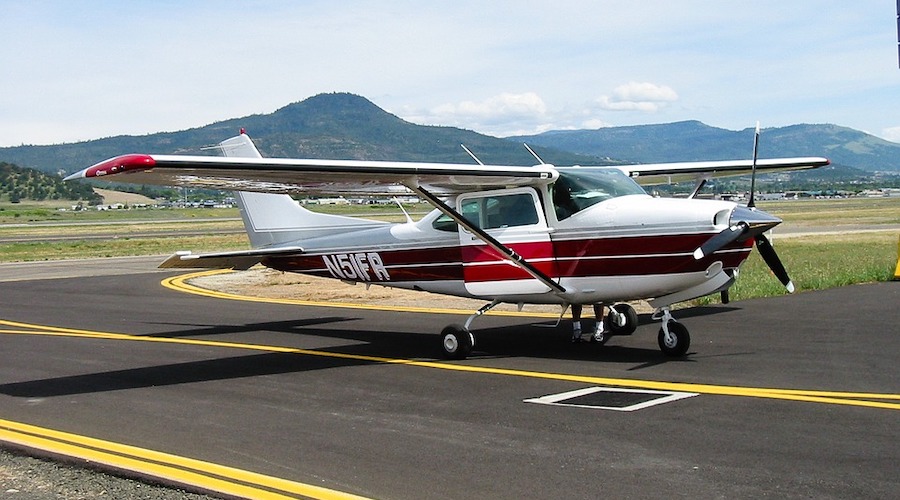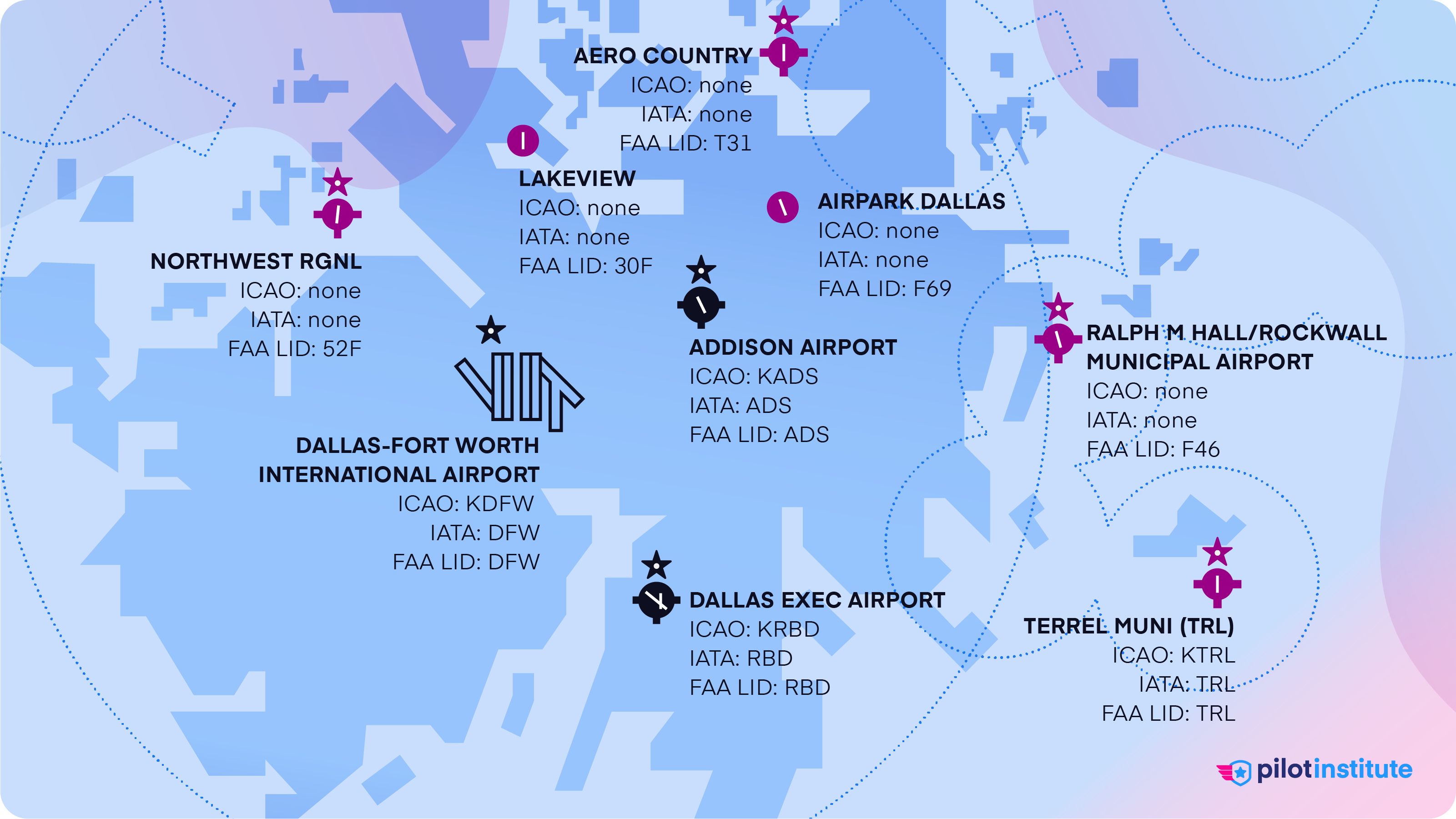As a budding pilot, getting your student pilot certificate is almost always the first formality of your aviation career.
The procedure changed in April 2016. What used to be attached to the process of getting a medical certificate with an AME is now a little more sophisticated. It’s worth noting that the certificate can’t be renewed, you’ll only have to hand it over upon successful completion of the higher certification.
What else goes into obtaining a student pilot certificate? Keep on reading to find out.
Student Pilot Certificate Eligibility Requirements
Student pilot certificates account for a huge portion of total airmen certificates. In fact, student pilots make up the highest number of certificate holders according to the latest U.S. Civil Airmen Statistics.
To be eligible for the license, each student pilot must be 16 years of age or older (14 for glider or balloon) and able to read, speak, write, and understand English.
Once you meet these requirements, it’s time to start the application.
Student Pilot Certificate Application
One way to get your student pilot certificate is through a paper application. You must fill out the FAA form 8710-1 and send it to one of the following:
- Flight Standards District Office (FSDO)
- FAA-designated pilot examiner
- Airman certification representative associated with a part 141 flight school
- Certificated flight instructor
Alternatively, you may complete an application through the Integrated Airman Certification and Rating Application (IACRA) website.
In either case, after processing, the Airmen Certification Branch will review your application and documents. Once reviewed, you’ll get your student pilot certificate by mail within 3 weeks.
It takes less time when you apply through the IACRA website, though.
You got your certificate now, but what’s next?
Well, it’s time for the license to serve its purpose.
Student Pilot Training for Solo
Taking flight lessons doesn’t require a student pilot license.
But to fly solo, you certainly need one. You will also need a medical certificate.
Medical certificates come in three classes: first, second, and third.
The first class has the highest requirements, while the third has the lowest. As a student pilot, you need at least a third class medical. However, if you’re dreaming of an airline career, you should definitely apply for a first.
To get the medical certificate, you need to complete the following three steps:
- Complete the initial part of an online application on MedXPress
- Schedule an appointment with an AME, who would complete the remainder of the application
- Pass a medical examination to the required standards of the medical certificate sought
That’s for the medical certificate, but how to get a student pilot license?
In solo flight, you’re the pilot in command of the aircraft (and often the sole occupant). To accomplish such a feat, you must receive proper ground and flight instruction.
Ground Training
As a student pilot, no one expects you to know everything about aviation. You only need to know what you need to conduct a short flight safely.
Your ground training focuses on learning just enough about your aircraft’s flight characteristics, limitations, and performance. You also need to know the relevant regulations, rules, and procedures for the airport where you’ll perform your solo flight.
One way to supplement your ground training is through online courses, such as Pilotinstitute.com, which gives you access to plenty of learning resources
At the end of your ground course, you must pass a knowledge test on those aeronautical subjects. Your flight instructor will administer the test, reviewing your answers, and authorize you to conduct a solo flight if you demonstrate sufficient knowledge.
But it’s not just the theory, you also need to know how to pilot an aircraft.
Flight Training
Now the fun part, learning to fly the aircraft.
Before going on your first solo, you need to receive training in flight maneuvers, procedures, and communications.
Although flight training varies between different aircraft, your pre-solo phase almost always includes learning how to perform the following key elements:
- Flight preparation, takeoffs, and landings
- Straight flight, climbs, and descents
- Emergency procedures, collision avoidance, and stall recovery
But here’s the tricky part:
You must demonstrate your ability to fly the aircraft safely to your flight instructor. If your instructor deems you proficient, you will receive an endorsement on your logbook to fly solo.
Flying your first solo ranks among the most memorable milestones of your aviation journey.
But even then, you’re still a student pilot, and your certificate has the most restrictions of nearly all pilot certificates.
Student Pilot Certificate Limitations
As the name suggests, the student pilot certificate is a license to train as a pilot. Therefore, your flying privileges are pretty limited.
How so?
Well, for starters, you may not carry passengers or fly for hire.
Flying internationally is out of the question, with the interesting exception of flights between certain airports in Alaska and the city of White Horse in Yukon, Canada.
To pilot an aircraft, you can only fly under visual flight rules. You also need a minimum surface visibility of 3 statute miles during the day and 5 statute miles at night.
Time limit comes into play too. To fly solo, you must receive an endorsement from your instructor within 90 days before your flight.
Too many limitations, right? But to become a pilot, you first must learn the ropes.
Final Word
Knowing how to get a student pilot license is helpful, and as you can see, the process is fairly simple.
But understanding what this license entails is crucial.
Although it’s mainly required to fly solo, the certificate is the stepping stone to becoming a recreational, private, or even an airline pilot.
You should spend your time as a student pilot wisely, learning as much as you can about what it takes to be a pilot.
It takes a lot, but the more you invest in the beginning the easier flying gets later on.



